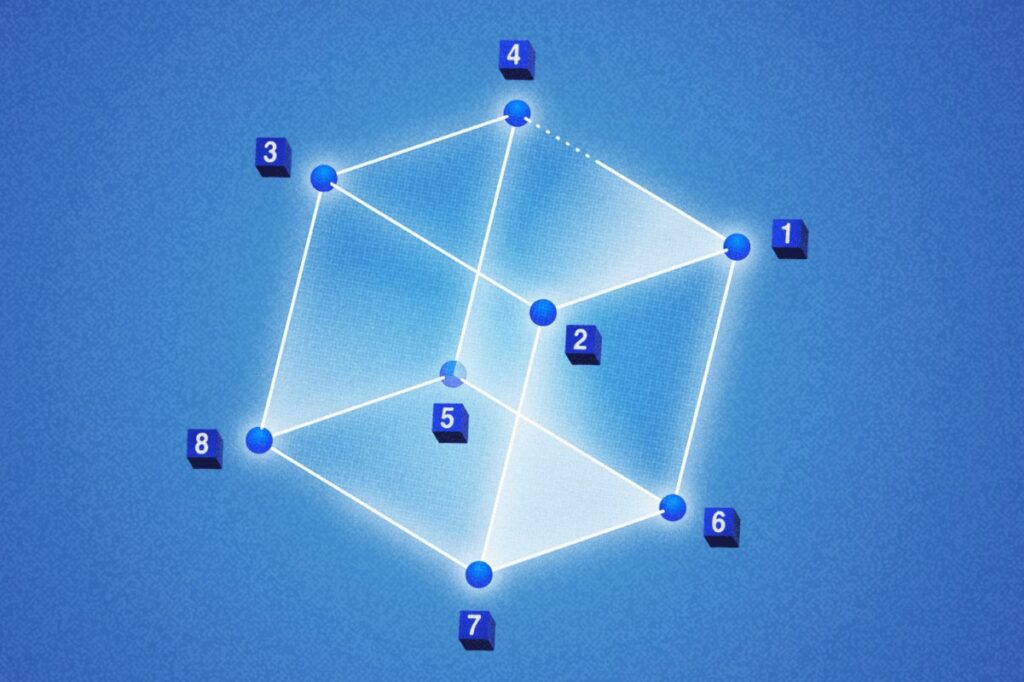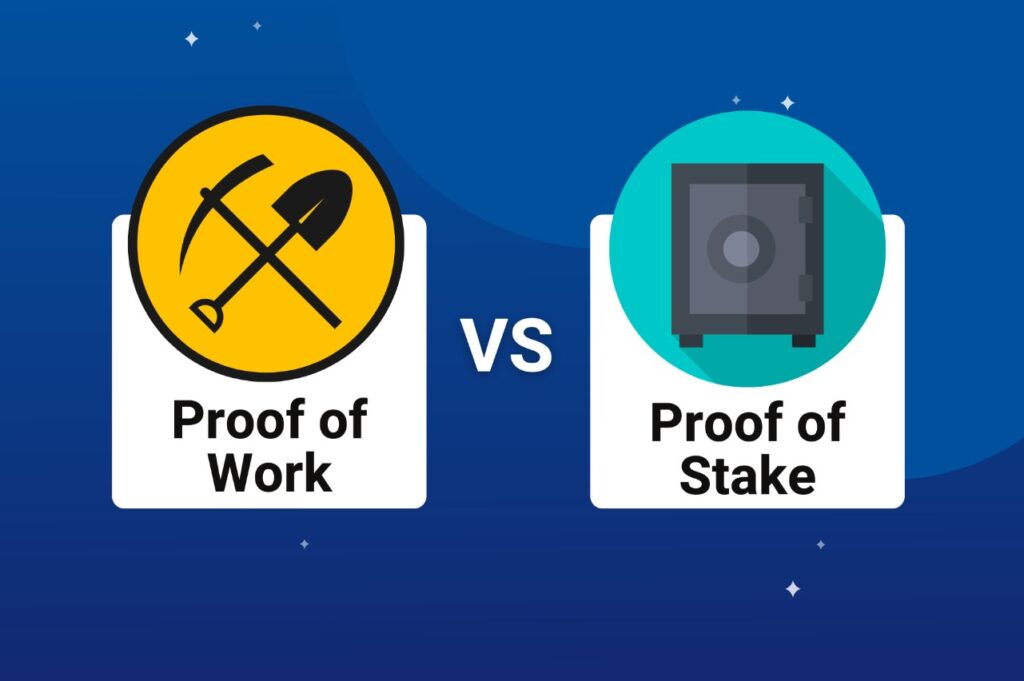
The consensus mechanism is one of the most crucial elements in a blockchain network. It is what keeps members synchronized in a decentralized system and what makes it possible to implement new changes with global agreement.
Table of Contents
The Role of The Consensus Mechanism

The role of the consensus mechanism is to verify that new data in a blockchain is valid. This is incredibly important in a monetary system where it could be disastrous to add invalid transaction data (such as double spending) to the ledger. This is why many crypto projects have experimented with different consensus mechanisms.
Consensus mechanisms are software protocols built into blockchain networks that synchronize a distributed network into agreement about the state of a digital ledger or database.
They are designed to make it expensive and difficult to contradict the record, discouraging bad actors from trying to cheat or manipulate the system.
Typically, blockchain developers use consensus algorithms that are based on encryption techniques to generate long strings of alphanumeric numbers (called hashes) for the records in a database and then compare these hashes with each other to find which one is closest to the current version of the record.
Consensus Methods

The program that produces the most accurate hash wins the right to propose a new block of validated transactions for the blockchain.
However, this type of algorithm has its own set of issues that have spurred the development of a number of other consensus methods. These include Proof of Elapsed Time, Proof of Contribution, and Proof of Stake. Each of these methods has its own pros and cons.
Proof of Work
Proof of Work (PoW) is a method that rewards participants with bitcoin for their participation in network validation. It is incredibly efficient at distributing the power required to run a node and can be used in conjunction with scaling solutions like sharding to support high-volume, low-latency transactions.
However, PoW is prone to centralization as large mining firms can easily monopolize the mining industry.
Proof of Stake
Proof of Stake (PoS) is an alternative to PoW that uses the same basic logic but focuses on rewarding those who have the most staking capital instead of requiring a large amount of electricity-guzzling machines.
While it has a higher risk of centralization, it offers an improved scalability solution and can be combined with other scalability tools like sharding.
Proof of Importance

Proof of Importance (PoI) is a spinoff from PoS that attempts to address some of its weaknesses by offering more holistic factors for determining the value of a node’s contribution to the network.
It is still a fairly young technology but shows promise as it can help to solve some of the key problems that have plagued other consensus mechanism.
This includes reducing the need for large amounts of ether to be staked to operate as a validator, and ensuring that only those who perform their duties honestly are rewarded with more influence on the blockchain.
In turn, this creates a more secure and dependable blockchain.







